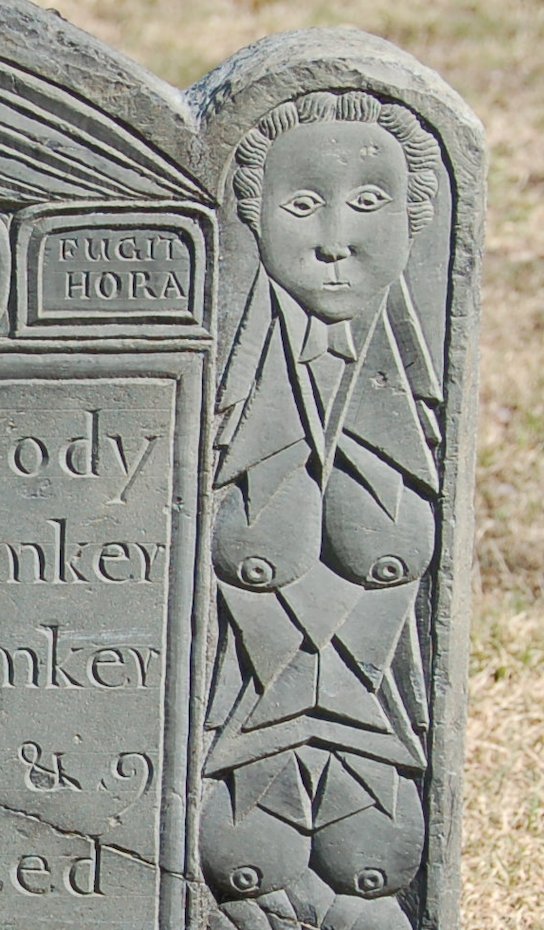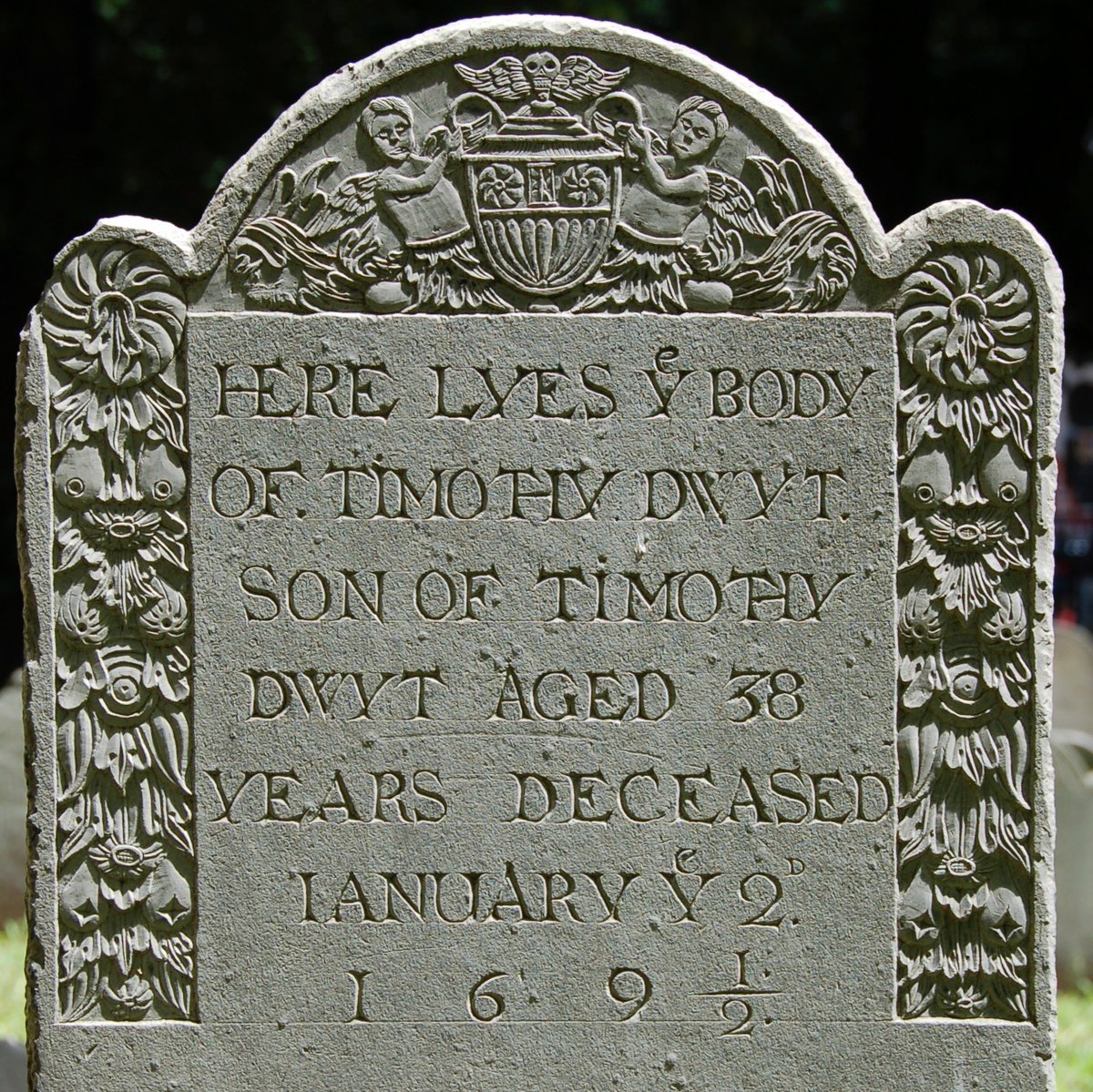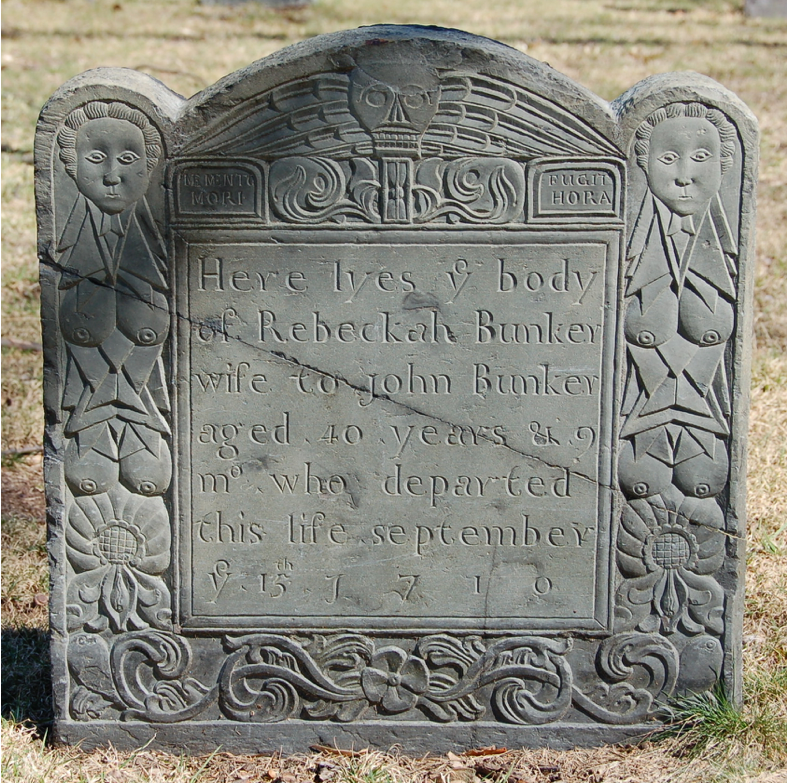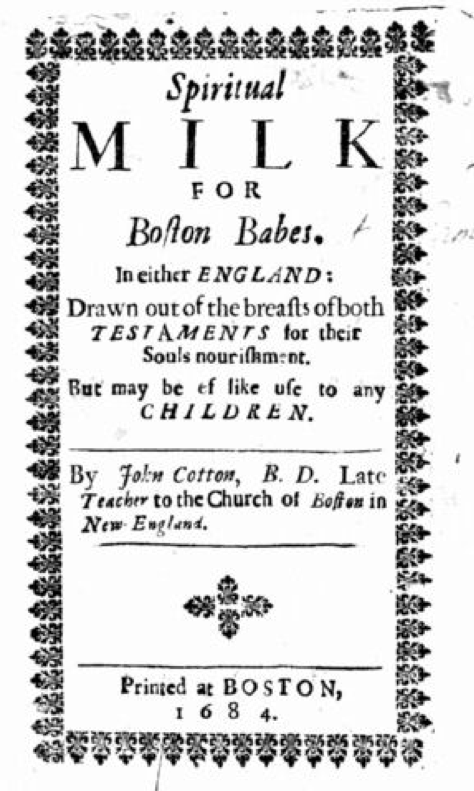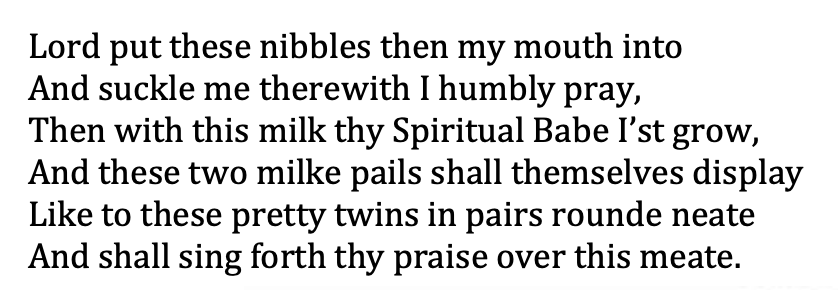Chatting with @e_p_wells about gravestones reminded me of topic near and dear to my heart: "Puritan" gravestone boobs.
Many people are familiar with stylistic progression in New England gravestones — from skulls to winged effigies to willows/urns. It& #39;s sort of assumed that the skulls reflect a grim "Puritan" outlook softening over time.
There& #39;s not a lot of evidence for that, and one big problem:
There& #39;s not a lot of evidence for that, and one big problem:
Only a handful of NEng gravestones date from the pre-1676 period. Early Anglo-New England graves were generally marked with wooden posts (if marked at all). It& #39;s a bit tough to argue that something that wasn& #39;t particularly common until the very late 17thc is "Puritan."
People *really* want those skulls to be uniquely Puritan but they just aren& #39;t. It fits with what we think about when we think "Puritan," but the material evidence is thin.
Contrast that with gravestone boobs. Call them gourds if you must, but they& #39;re a common border motif.
Contrast that with gravestone boobs. Call them gourds if you must, but they& #39;re a common border motif.
New Englanders were intimately familiar with the Christian metaphor of the two testaments of the Bible as breasts. The catechism they studied as children was John Cotton& #39;s "Spiritual Milk for Boston Babes . . . Drawn out of the breasts of both TESTAMENTS." John Cotton.
Or take Edward Taylor& #39;s (1642-1729) Meditation 150:
"Lord put these nibbles then my mouth into
And suckle me therewith I humbly pray . . ."
"Lord put these nibbles then my mouth into
And suckle me therewith I humbly pray . . ."

 Read on Twitter
Read on Twitter